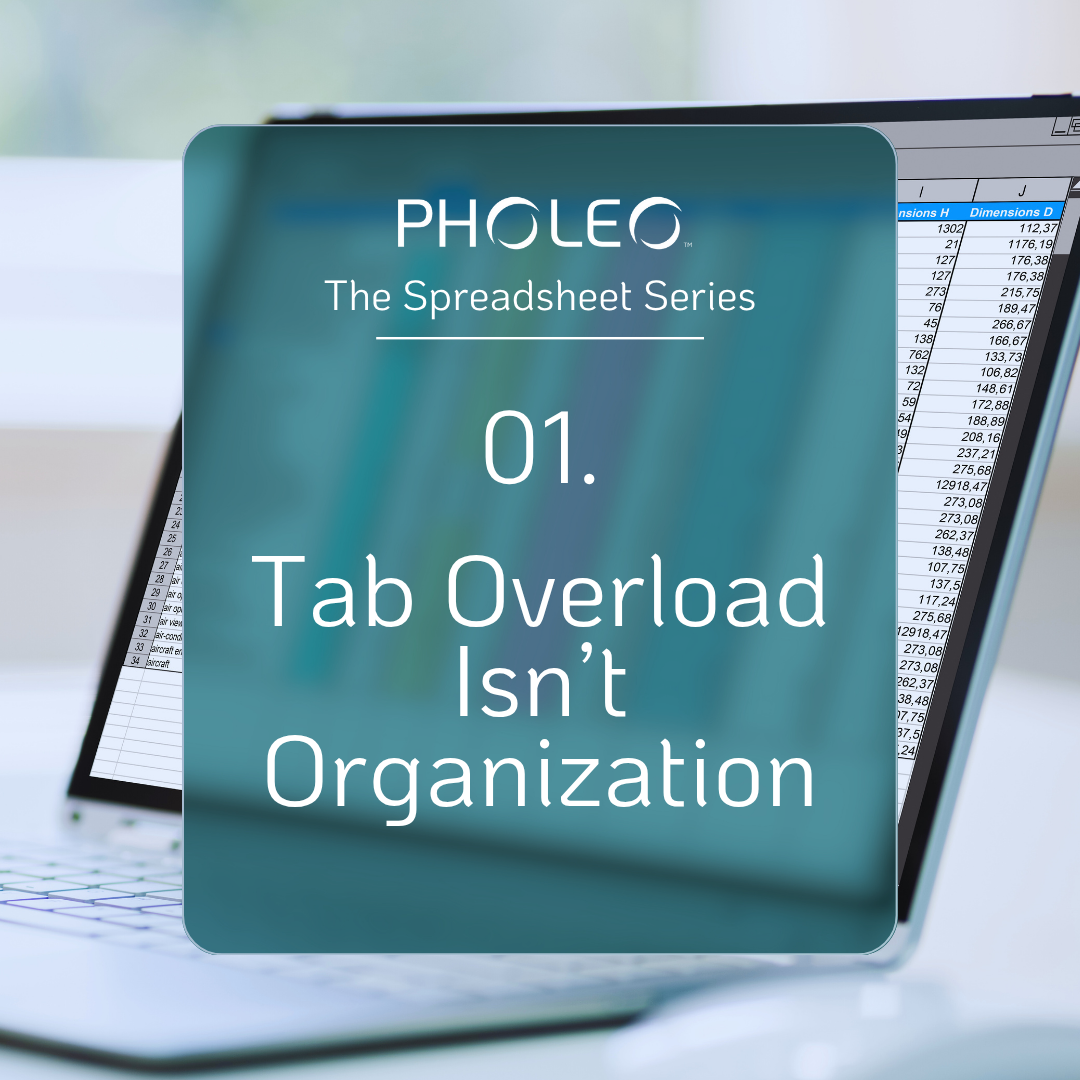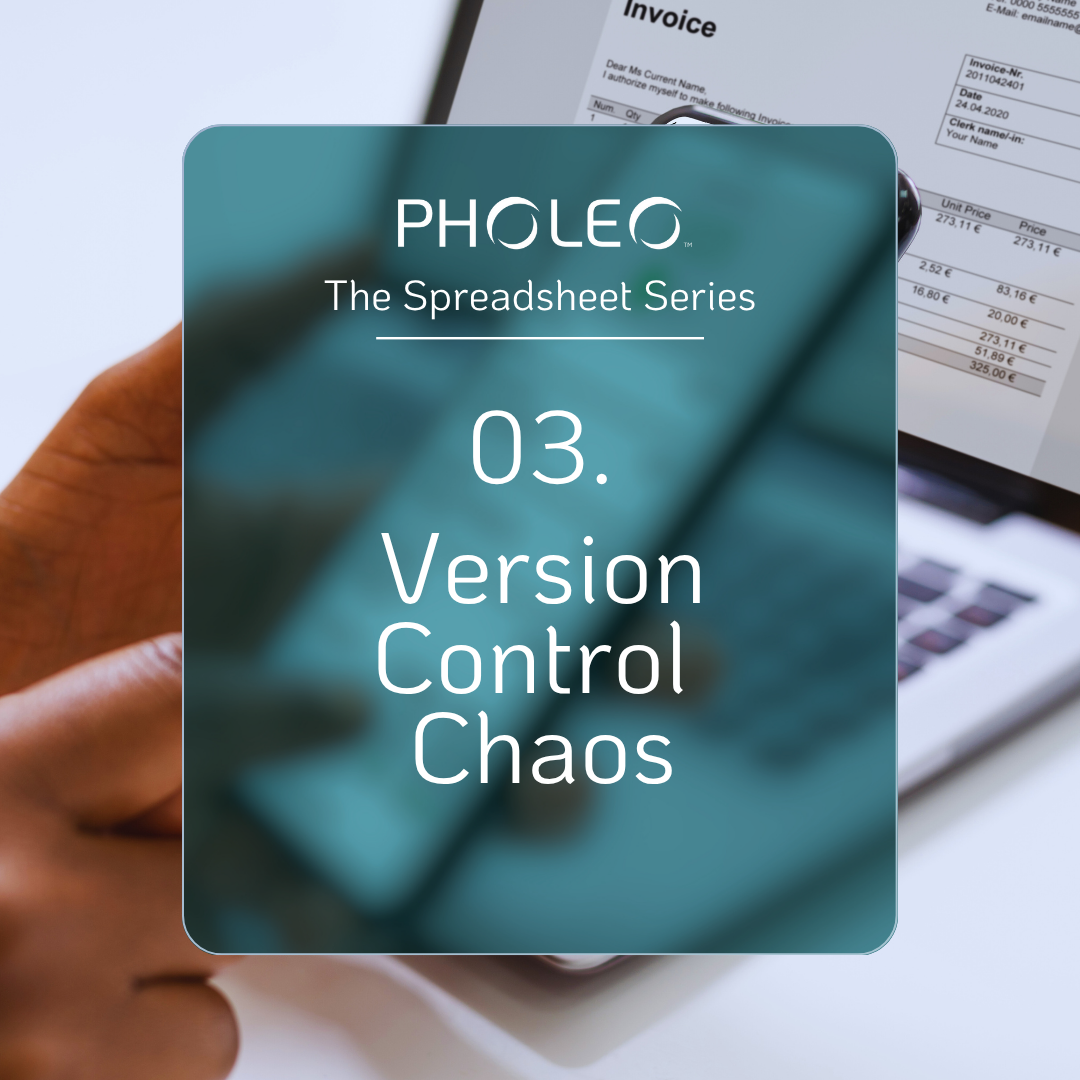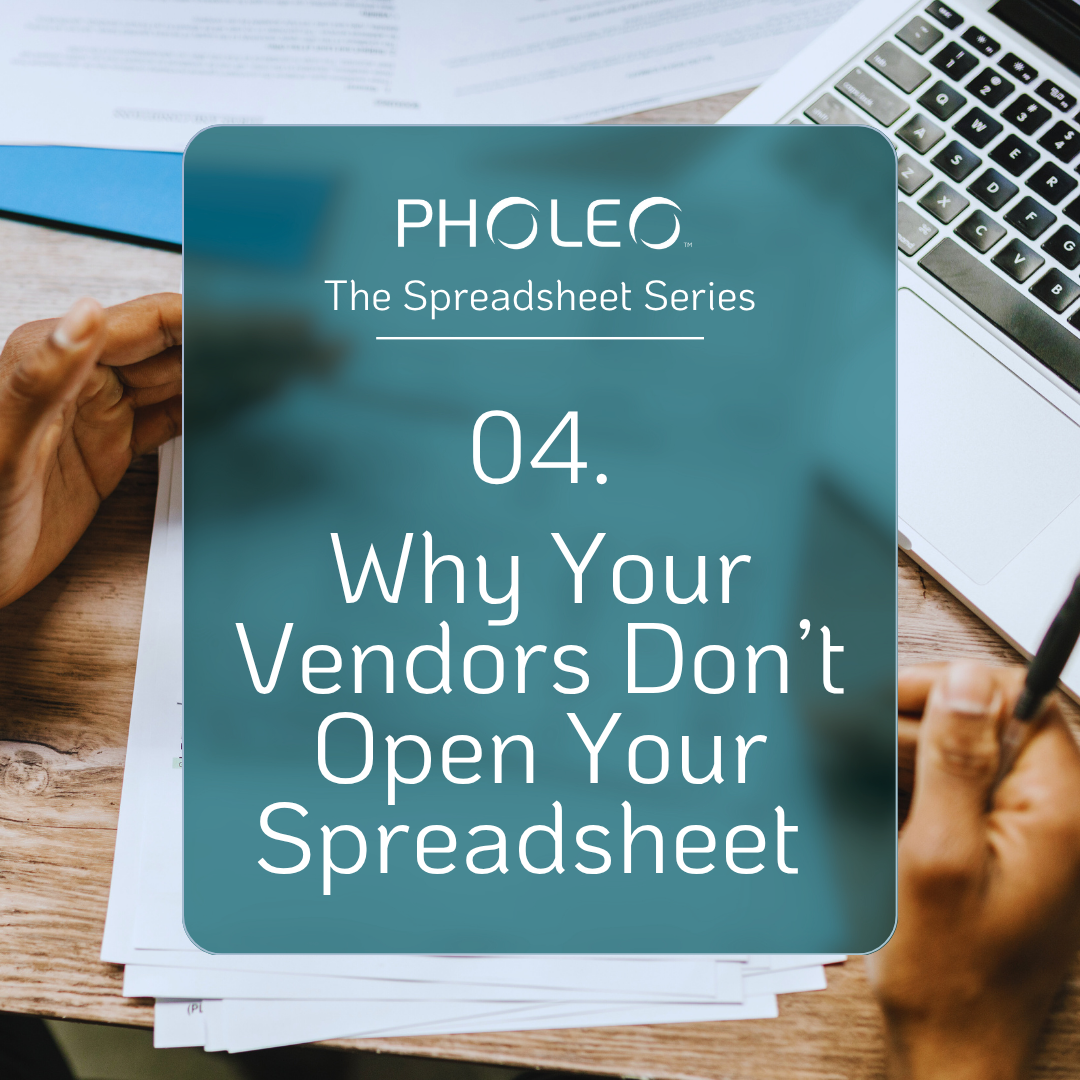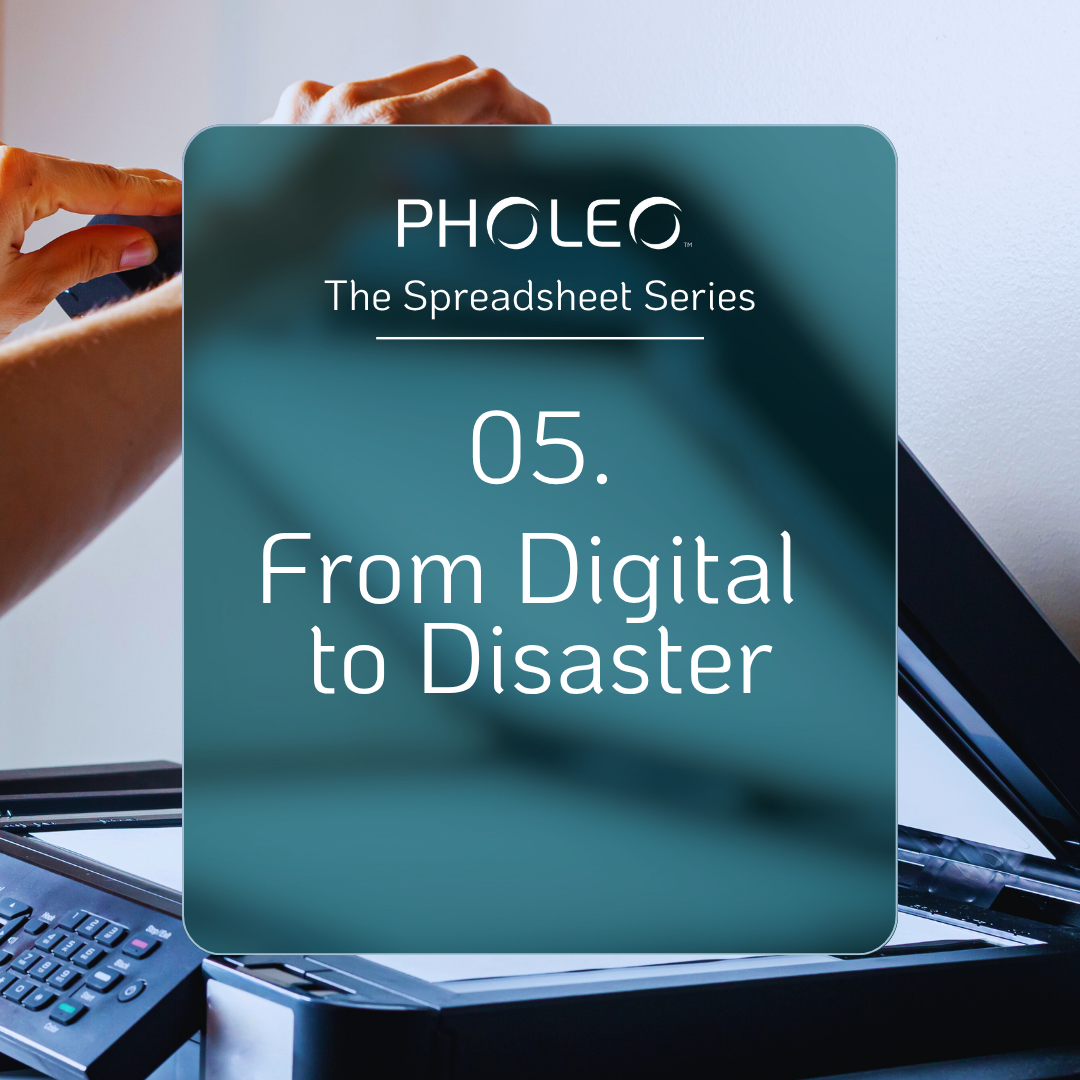The Hidden Risks of Spreadsheets in Conference Planning
Why the industry standard may be holding you back.
You’re not doing anything wrong. In fact, you’re doing what most experienced planners do—you’re using spreadsheets to organize a multi-day conference.
And that’s the problem.
Spreadsheets have become the backbone of event planning logistics not because they’re ideal, but because they’re familiar. But in 2025, planning complex, high-stakes events with spreadsheets is like building a high-rise with a hammer and nails. It can work, sure—but one slip, and the whole thing wobbles.
Here’s why it might be time to retire the spreadsheet as your primary logistics tool—and what’s at risk if you don’t.
1. Tab Overload ≠ Real Organization
On paper (or screen), a 30-tab spreadsheet looks organized. But open that file on-site, and you're suddenly a contestant in a maze you built yourself. Each tab is color-coded, filtered, and cross-referenced—but only you know how it works. And if you’re out sick? Good luck to the rest of the team.
“I once counted 36 tabs in a single workbook—only 12 were actually in use. The rest were copies, ideas, and ‘just in case’ backups.”
When your entire planning process lives in an overgrown spreadsheet, it becomes more liability than lifeline.
2. Formula Errors Hide in Plain Sight
You know the drill: a quick copy-paste of a tax formula, maybe a service charge field, just one last update to the BEO summary. It’s fast, it’s routine—and it’s exactly where trouble starts.
One hidden row. One incorrect reference. One miscalculated total that looks correct. And suddenly you’re over budget, but don’t know it until the venue invoice hits your inbox.
“We had a subtotal for F&B that was off by nearly $30,000 because a single formula skipped a row. No one caught it until reconciliation—after the event.”
Spreadsheets are dangerously confident. They don’t warn you when something’s off. They just pretend everything adds up.
3. Version Control Is a Full-Time Job
“Final_v4_EDITED_FINALFINAL_use-this-one.xlsx”
Sound familiar?
When multiple stakeholders need access—internal teams, venues, AV, F&B, suppliers—your spreadsheet becomes a pass-around document. Everyone makes their own version, exports PDFs, renames things for clarity (or not), and before you know it, you’re resolving version conflicts while trying to run a show.
Even cloud-based tools like Excel 365 or Google Sheets help some, but they don’t solve the core issue: spreadsheets weren’t built for true, scalable collaboration.
4. Vendor Collaboration? More Like Vendor Confusion
It’s a familiar story: you send a well-structured Excel workbook to your AV partner, who promptly replies, “Can you just send me a one-pager?” Or worse—they print it, mark it up, and email you a scan.
External vendors don’t want to sift through 100 rows of data. They want relevant, clean, task-specific info. Instead, you’re stuck summarizing, copying info into emails, or worse—managing separate versions of the truth.
“We once had a supplier re-type our spec into their system and accidentally missed our dietary notations. The result? Two vegan meals got replaced with chicken skewers. At a tech conference.”
Spreadsheets are built for analysis—not communication. And when you're onsite, communication is everything.
5. Going Onsite Means Printing—and Panic
No matter how digital you intend to be, every planner knows what happens next: the spreadsheet gets printed.
Cue the 3-ring binders, the Sharpies, and the frantic scribbling in 10pt font margins. Last-minute changes are made by hand, and suddenly you're juggling edits across printouts, walkie-talkie calls, and text threads.
“We had one grid where each color represented a ballroom. By day two, someone re-colored a space for capacity—but didn't update the grid logic. Half the staff was working off old assignments.”
Onsite, your tools need to be live, flexible, and easy for everyone to use. Spreadsheets don’t do that. Not well.
6. The Real Risk? Lost Trust
When your logistics are built on brittle tools, stakeholders—internal and external—start to lose confidence. Not because you’re not doing your job, but because they can sense the fragility.
Every time you have to say, “Let me double check the spreadsheet,” you’re admitting the system isn’t as solid as it looks.






